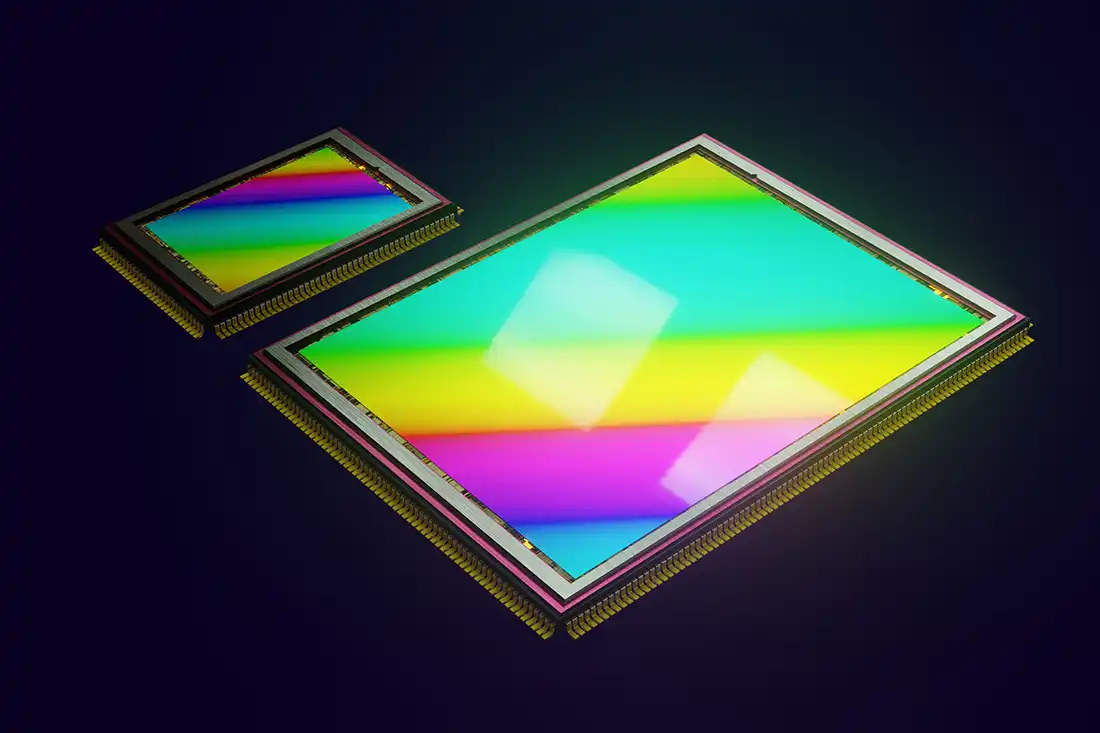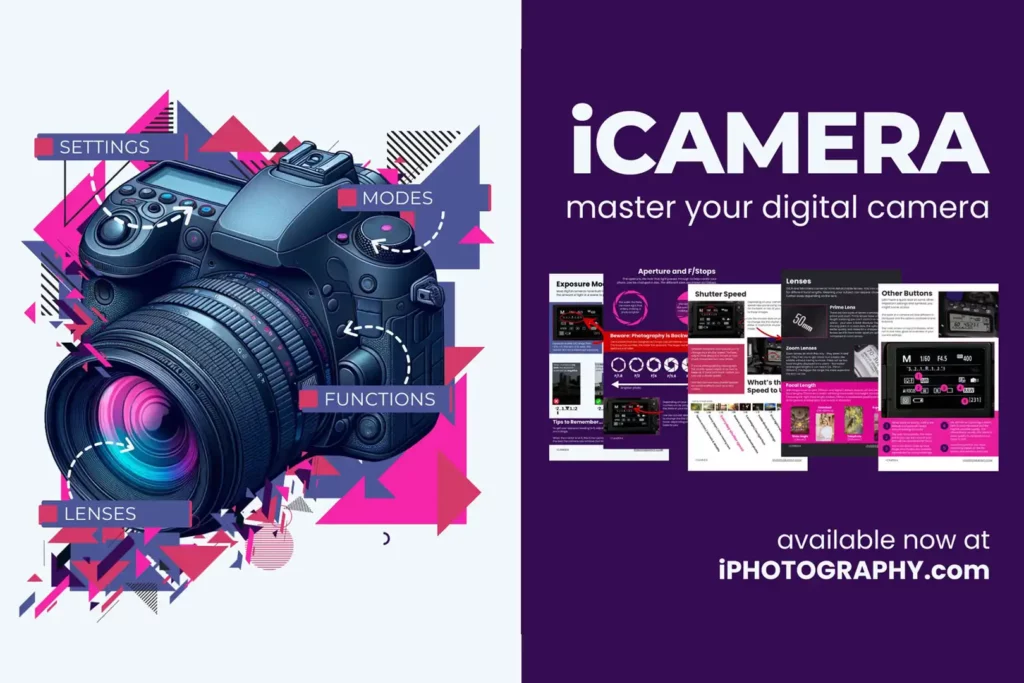
As a seasoned photography tutor at iPhotography, I’m delighted to delve into a topic that’s close to my heart and highly relevant to many of our members—camera phones.
For our community of budding photographers, many of whom are embracing their passions in semi-retirement, the choice of equipment can greatly influence their journey.
Today, I’ll guide you through the best camera phones of 2024, explaining why these devices might just be the perfect tool for beginners and how they stack up against more traditional cameras like DSLRs and mirrorless systems.
Embarking on photography in later life should be as seamless and enjoyable as possible. Camera phones, with their convenience and simplicity, offer a compelling entry point.
These devices are not only multifunctional and constantly within reach, but they have also evolved to a point where they rival traditional cameras in image quality and functionality—perfect for capturing life’s moments without the bulk or complexity of a DSLR.

To appreciate what makes these phones ideal for beginners, it’s important to understand some key technological aspects and how they compare to traditional cameras…
Unlike DSLRs and mirrorless cameras, which boast large sensors, camera phones typically have smaller sensors due to their compact size. This difference impacts the light-gathering capabilities of the device. Larger sensors in traditional cameras allow for better performance in low light and greater dynamic range.
However, advancements in computational photography have enabled phones to bridge this gap significantly, offering superior image processing that can mimic the effects of larger sensors.
Camera phones often advertise high megapixel counts to appeal to the market, but this is not the sole indicator of image quality. The size of the pixels on the sensor matters too; larger pixels can capture more light, which is crucial in less than ideal lighting conditions.
Modern camera phones compensate for smaller pixels by using software algorithms that enhance the final photo, making them more user-friendly for those who may not have the expertise to manually adjust settings.

One of the major differences between camera phones and traditional cameras is how they handle zooming. Most camera phones use digital zoom, which essentially crops the image to a smaller size and then enlarges it, potentially leading to a loss in image quality.
In contrast, DSLRs and mirrorless cameras often use optical zoom, achieved through lens movement, which maintains the quality of the image even when zooming in.
However, some of the latest camera phones have started incorporating periscope-style lenses that allow more genuine optical zoom, though still limited compared to DSLR lenses.


With these technical considerations in mind, let’s explore the top camera phones of 2024 that cater well to beginner photographers, particularly those among us who appreciate the blend of simplicity and quality:

A marvel for any beginner, the Samsung Galaxy S25 Ultra features a sophisticated camera system that includes a 108-megapixel primary sensor coupled with a periscope-style telephoto lens for real optical zoom capabilities. Its Scene Optimizer uses AI to adjust settings automatically, making it incredibly beginner-friendly.

The iPhone 15 Pro Max is exemplary for its user-friendly interface and consistent output. Its 48-megapixel sensor offers great detail, and its computational photography capabilities, like Smart HDR, make it excellent for handling different lighting scenarios effortlessly.

Google’s Pixel 8 Pro shines with its computational photography, particularly in HDR and Night Sight modes. Its dual-camera setup, including a 50-megapixel main sensor, is engineered to produce stunning results without manual tweaking, ideal for those who prefer straightforward shooting.

Offering a balance of high-end features and ease of use, the OnePlus 11 Pro has a 50-megapixel main camera that works harmoniously with Hasselblad’s colour calibration technology to produce lifelike photos with minimal effort.

For those interested in both photography and videography, the Sony Xperia 6 IV provides an excellent hybrid option. Its Photo Pro mode offers settings that resemble Sony’s Alpha cameras, giving a taste of professional equipment in a compact form.

Choosing the right camera phone involves weighing factors like ease of use, quality of output, and specific photographic needs.
For our community members at iPhotography, who are exploring photography as a rewarding hobby, these devices offer a wonderful combination of accessibility and advanced technology, allowing you to learn and grow within the art without feeling overwhelmed.
If you’re inspired to explore further and develop your skills, why not join us at iPhotography? Our free online photography course with a certificate is tailored to help you get the most out of your camera phone, with personal support and feedback from professional tutors like myself.
Sign up today, and let’s make every shot count!
(iPhotography may make small commissions from links in this article.)
Whether you are photographing women or men, understanding how to direct poses can make your boudoir sessions more effective and evocative.
Who is Annie Leibovitz? Learn about one of the USA’s most iconic portrait photographer from Rolling Stone, Vanity Fair to Queen Elizabeth II
Learn how to calibrate your camera and monitor for accurate colours in digital photography. What are the signs you need calibration?
Learn the basics of photography – fast – with our FREE 60-Second Photographer online course. Each class is short and sharp with simple, actionable steps that give you immediate results.
x 30 lessons

© iPhotography™
Become a confident and competent photographer in less than 30 minutes!
Before you leave, make sure you’ve secured your FREE online photography course (worth £29.99)
Each class is just 60-seconds or less making it the fastest and easiest way to learn photography!